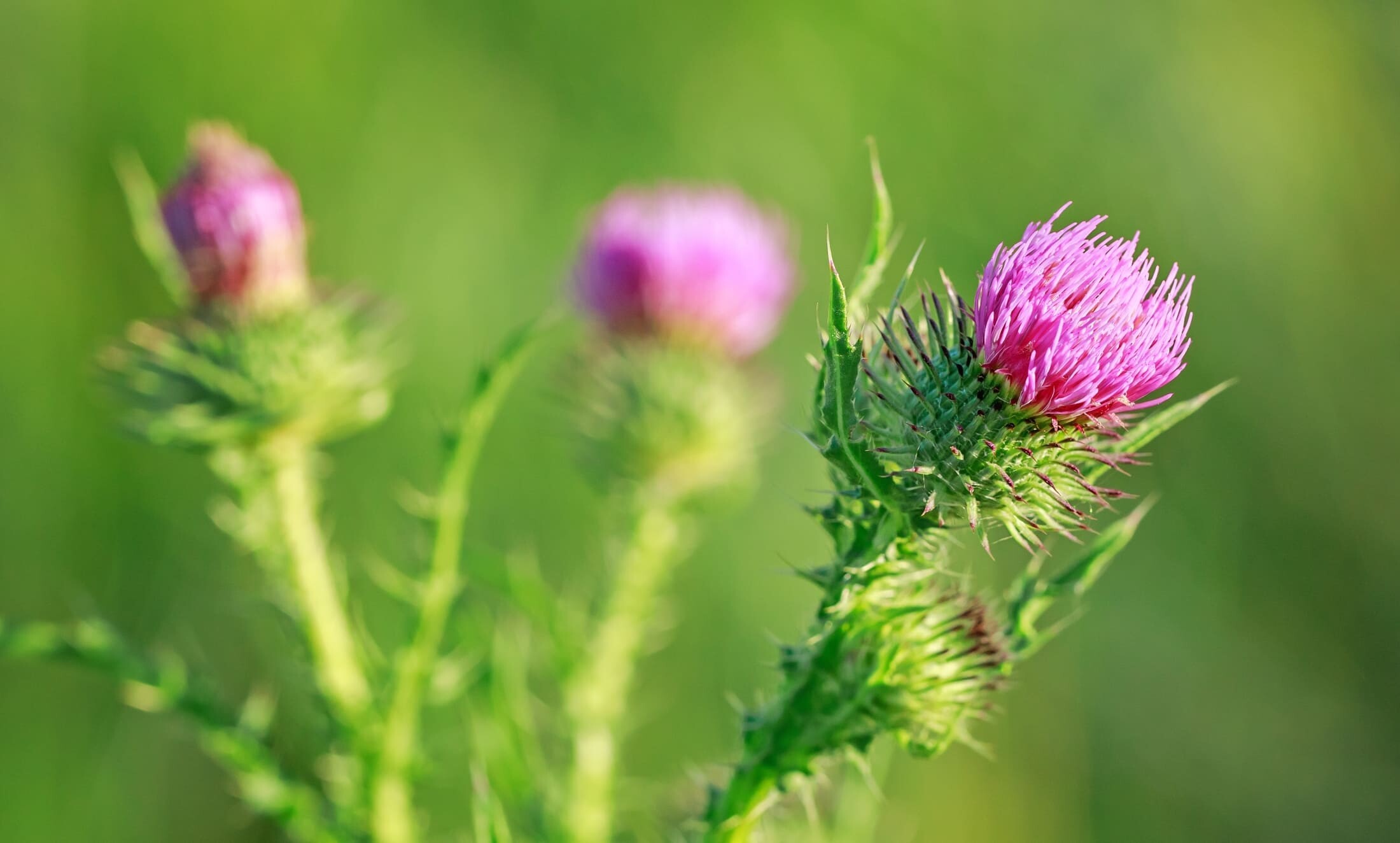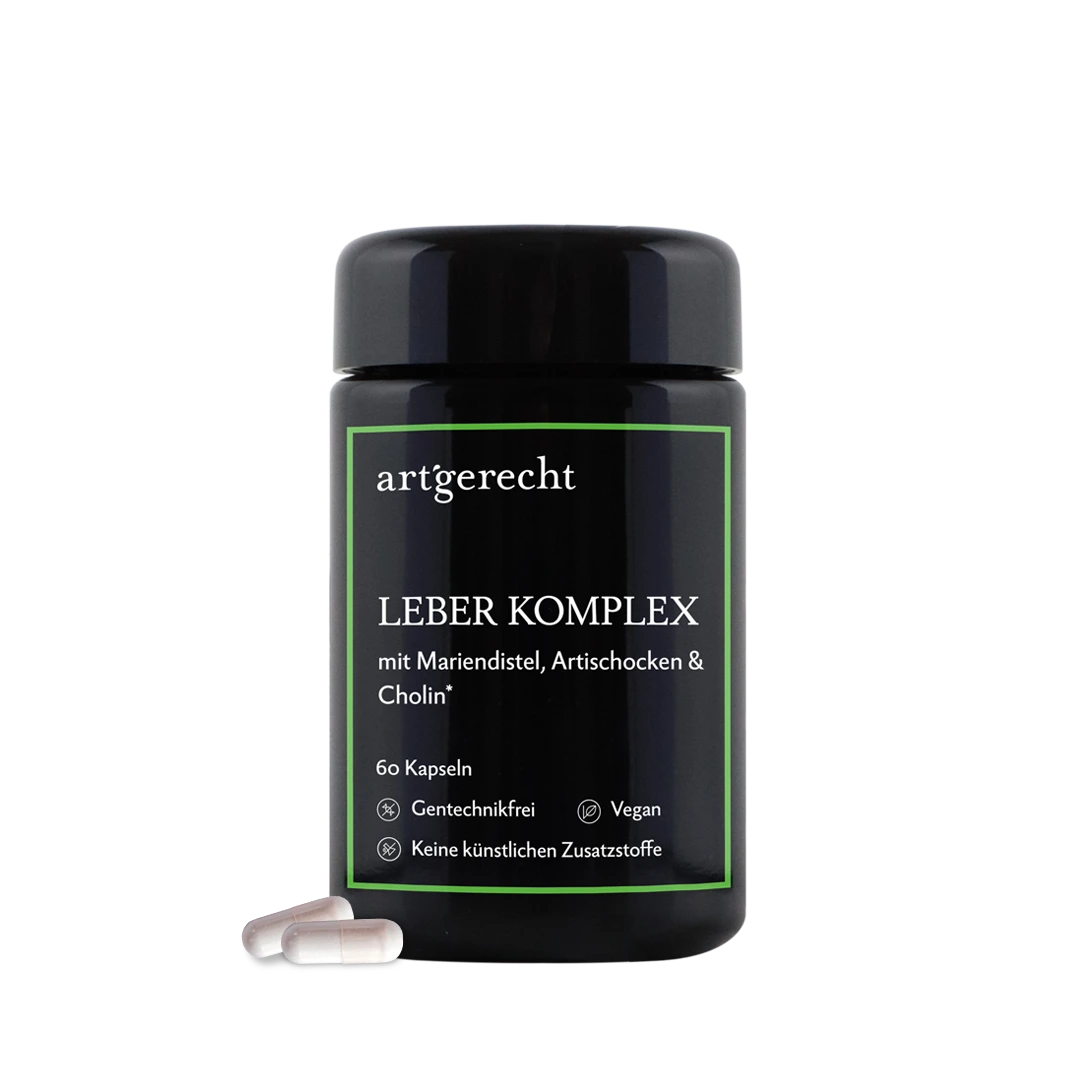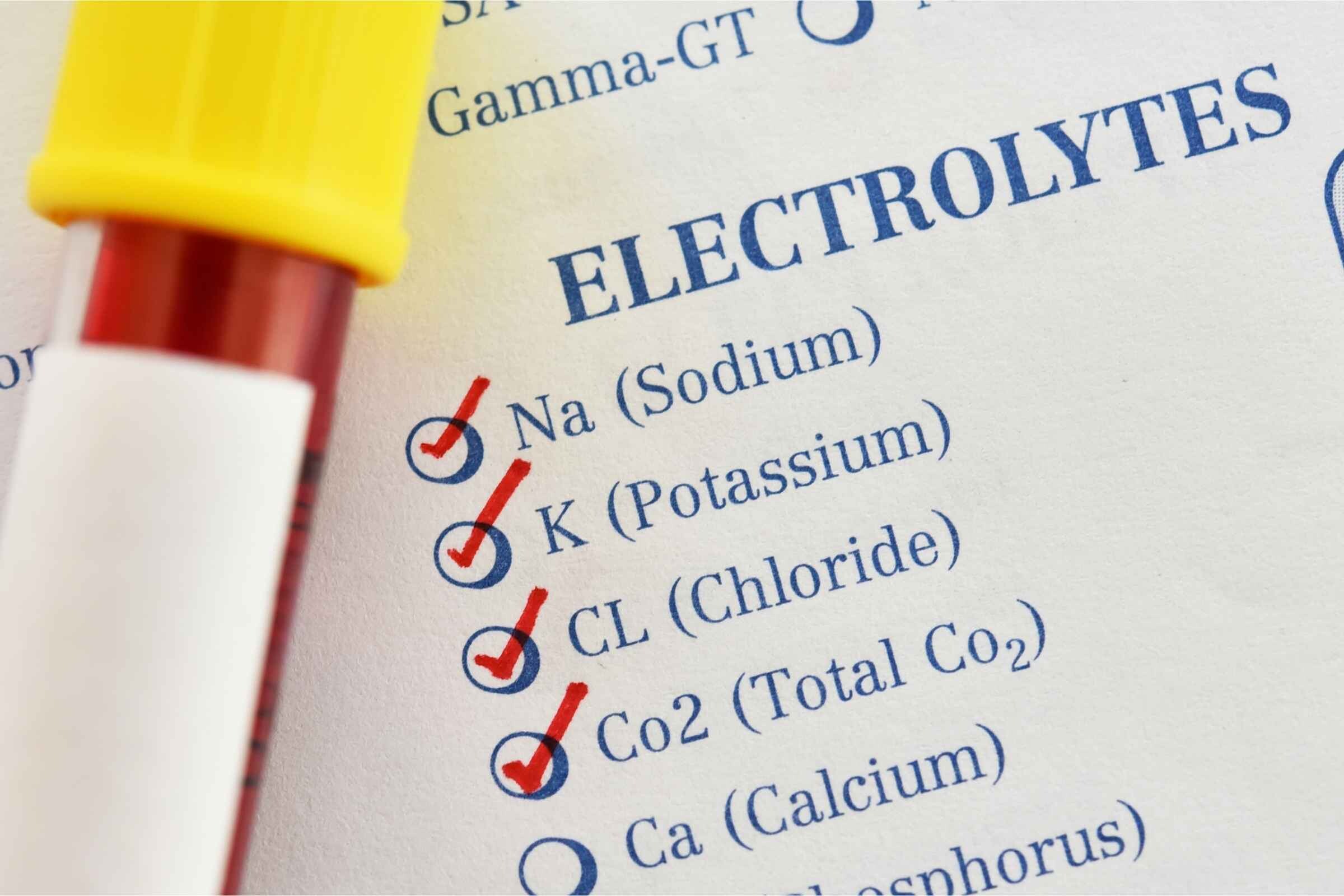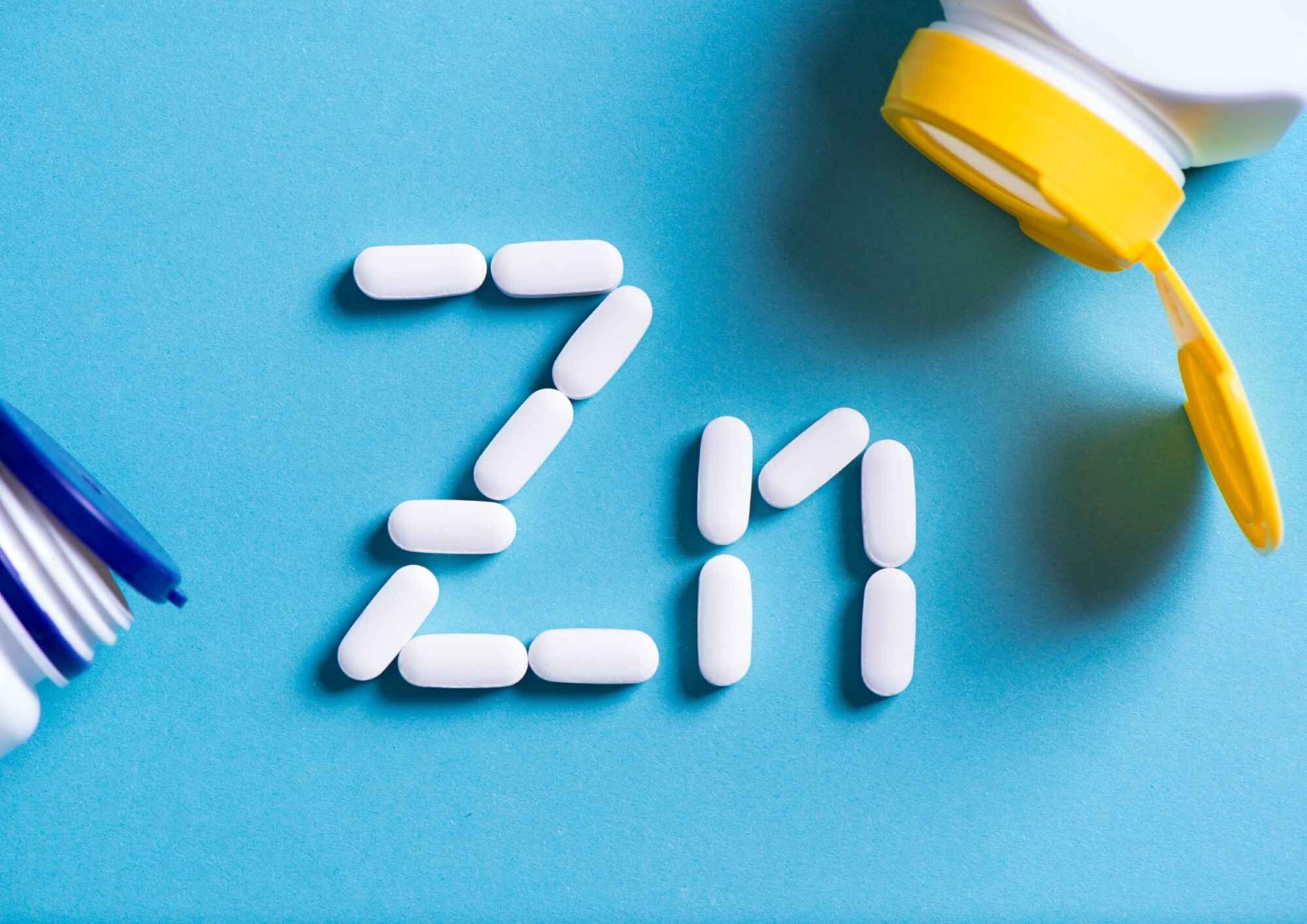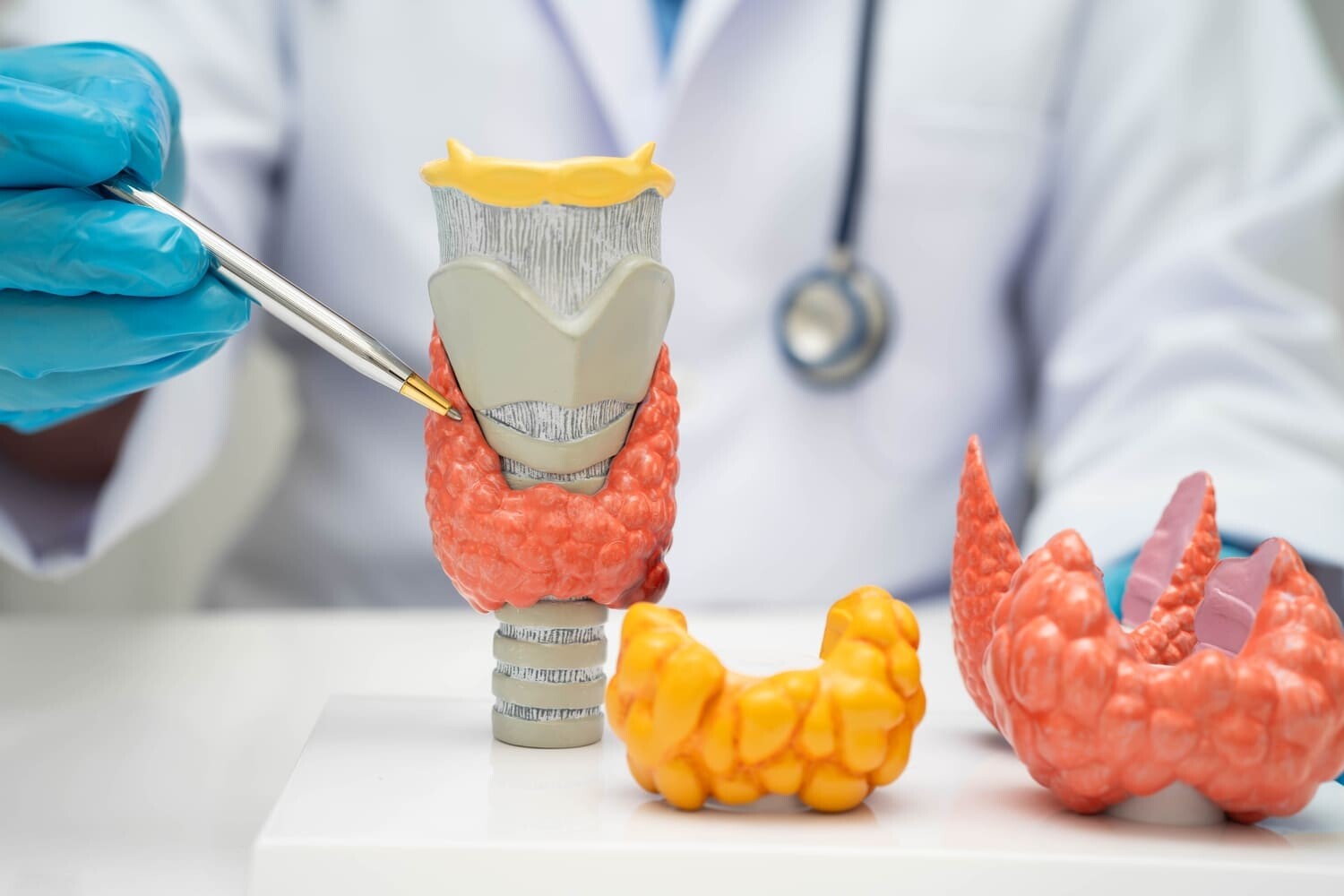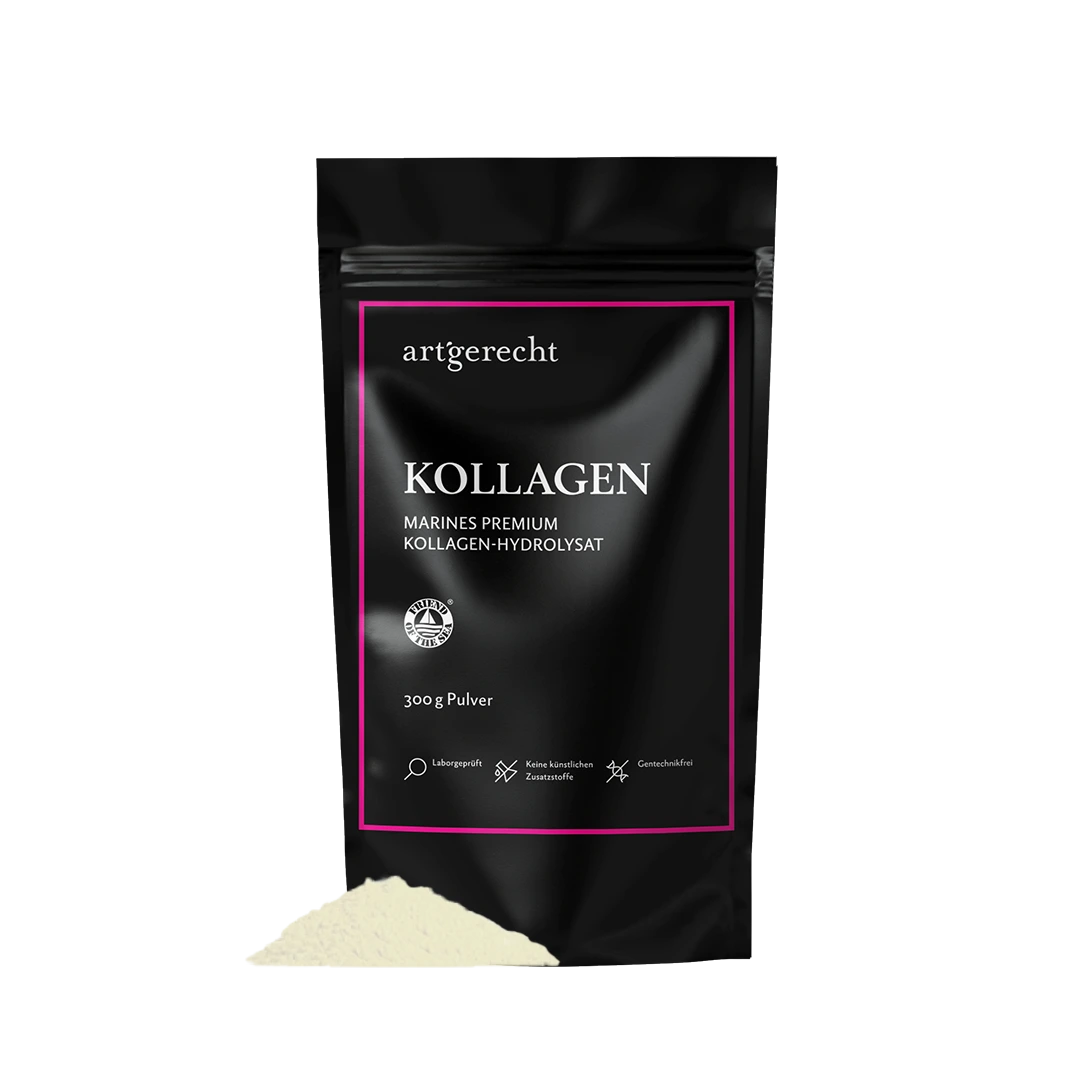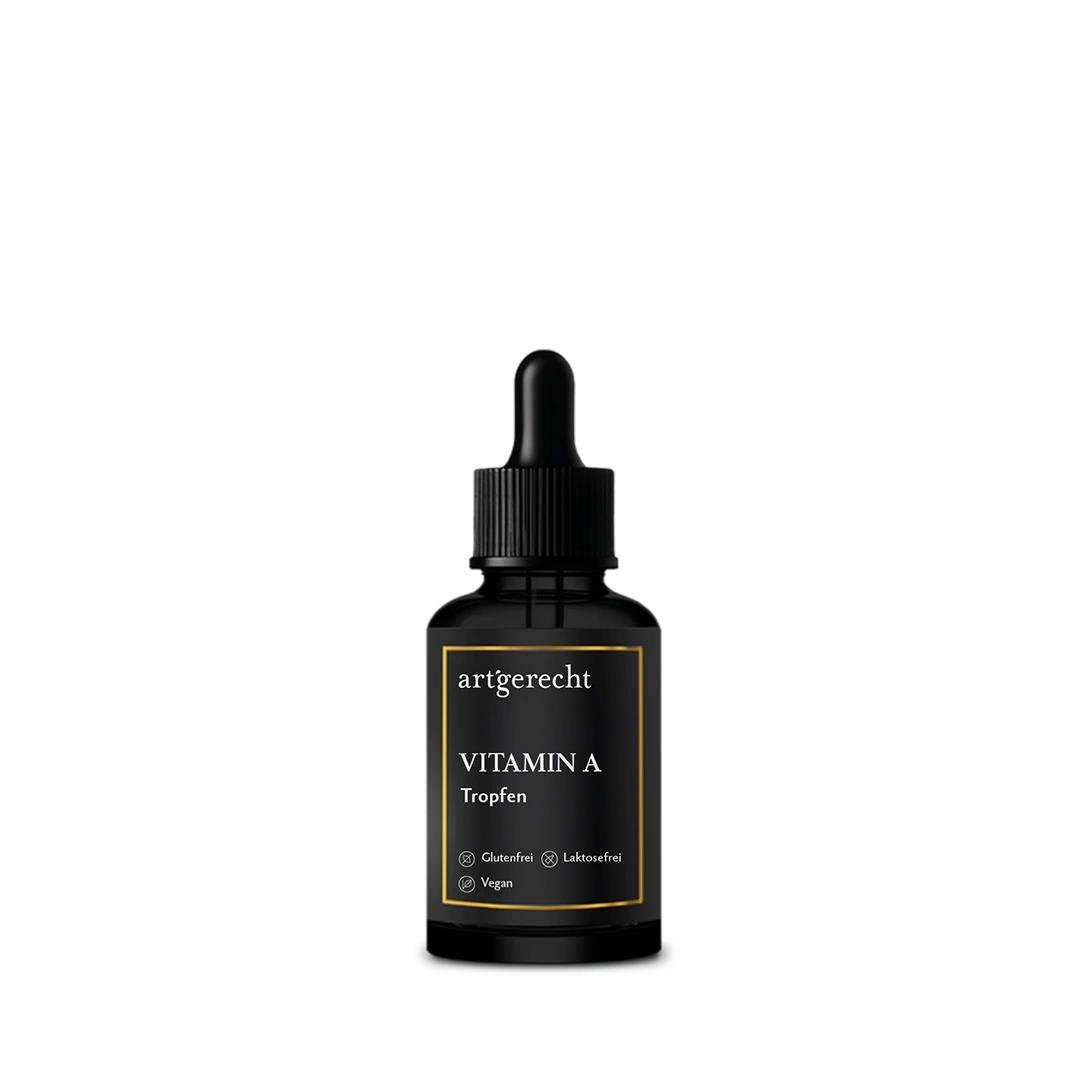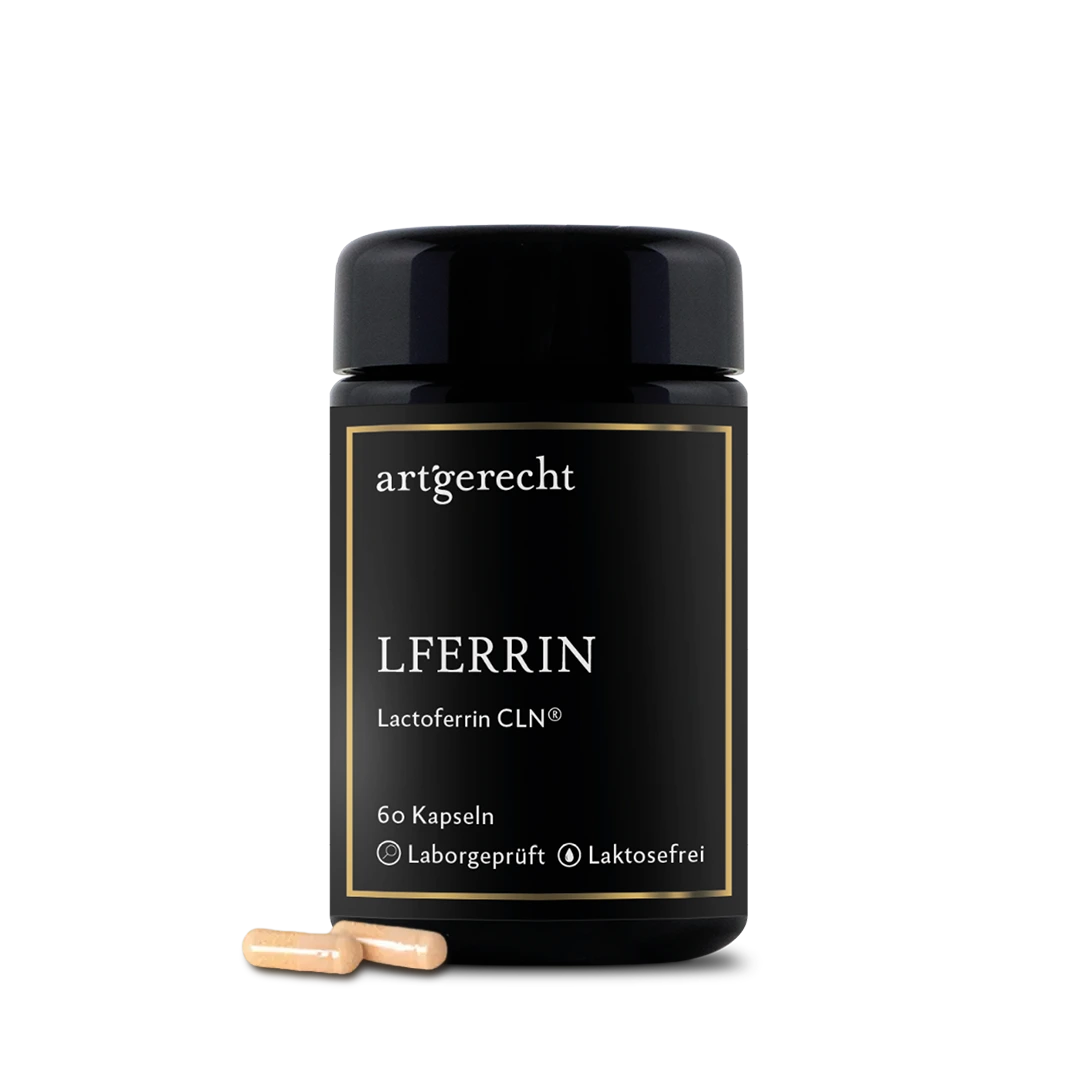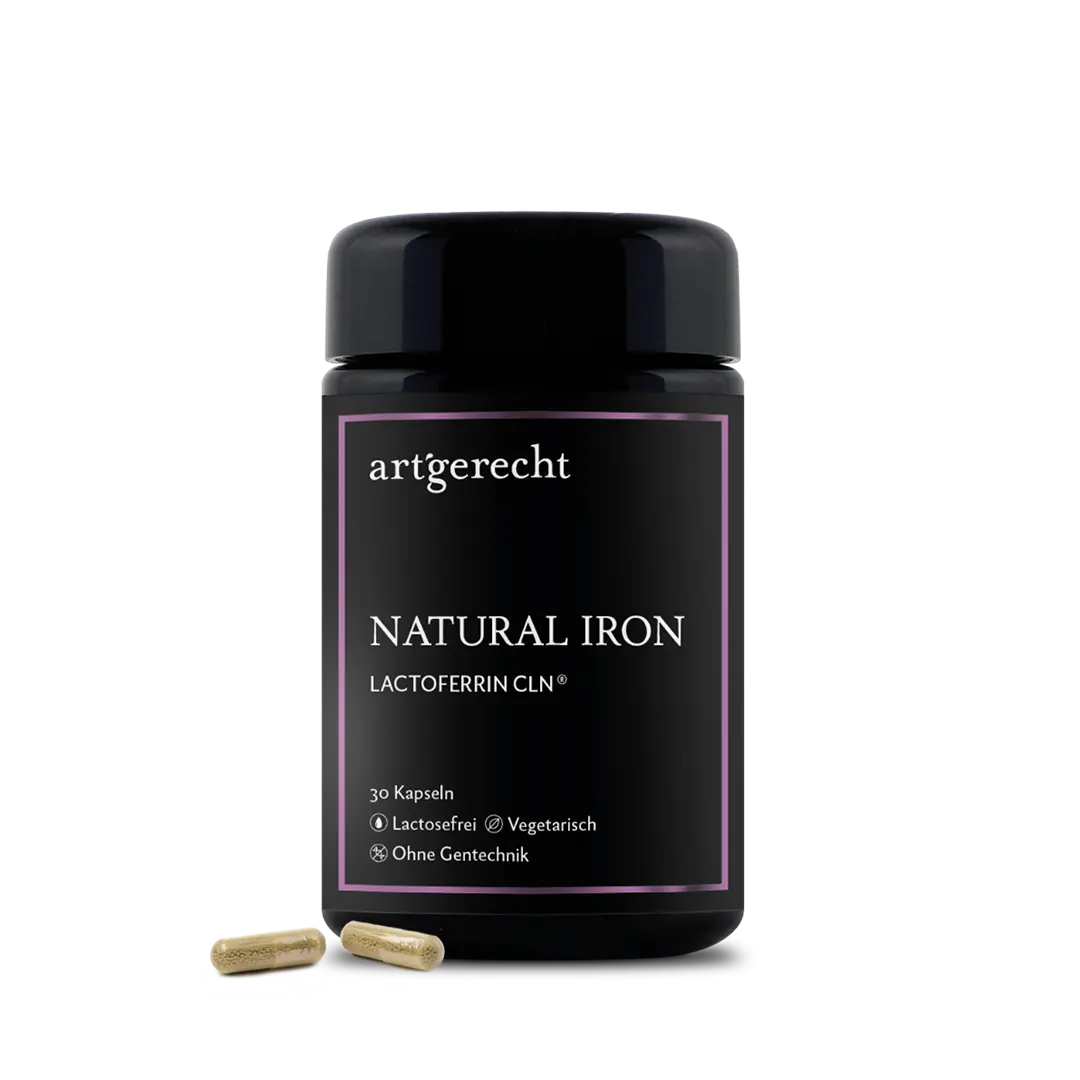Mary thistle (Silybum marianum) has been known for centuries as a medicinal liver plant. Extracts from the seeds of this thistle are traditionally used to protect the liver and stimulate regeneration. The silymarin extracted from it was officially recognized by the WHO as a hepatoprotective agent back in the 1970s. But how exactly does milk thistle affect our liver? Below we look at the ingredients, the mechanisms of action on the liver and detoxification, current study results for liver diseases such as fatty liver and hepatitis as well as possible risks and side effects [1,2].
Active ingredients of milk thistle
The beneficial effects of milk thistle are mainly due to silymarin - a mixture of secondary plant substances from milk thistle seeds. Silymarin consists mainly of flavonolignans. The most important are silibinin, silychristin and silydianin, whereby silibinin is quantitatively the main active ingredient. In addition, milk thistle seeds contain flavonoids (e.g. taxifolin) and some fat with accompanying substances. The following table shows the
central ingredients and their health effects on the liver [1,3]:
| Ingredient | Properties | Effect on liver health |
| Silymarin (flavonolignan mix) | Mixture of flavonolignans (silibinin, silychristin, silydianin) from the milk thistle fruits. | Powerful antioxidant; scavenges harmful free radicals in liver tissue. Has an inflammatory and antifibrotic effect (against scarring). Protects liver cells and promotes their regeneration (by stimulating protein synthesis). |
| Silibinin (also „silybin“) | Main active ingredient of silymarin (consists of two isomers). | Äußfirst effective antioxidant. Stabilizes the liver cell membranes and blocks the penetration of toxins into the cell. Inhibits the activation of stellate cells (antifibrotic), which counteracts scarring in the liver. |
| Silychristin & Silydianin | Other flavonolignans in the silymarin complex. | Support the antioxidant and liver-protective effects of silibinin; contribute to the overall protection of liver cells. |
| Flavonoids (e.g. taxifolin) | complementary substances in milk thistle seeds. | Also have an antioxidant effect; can reduce inflammation and supplement the effect of silymarin. |
Table 1: Ingredients of milk thistle [3,4]
How does milk thistle affect the liver and detoxification?
Mary thistle unfolds its effect via several mechanisms that benefit the liver. One key effect is the antioxidant effect: Silymarin scavenges free radicals that are produced in the liver during detoxification processes, thus reducing oxidative stress. This reduces lipid peroxidation and cell damage in the liver.
Closely associated with this are inflammation-inhibiting effects – studies show that milk thistle can reduce the release of inflammatory messenger substances (cytokines). Less inflammation means less cell damage and better conditions for healing processes.
Another mechanism of action is the protection of cell membranes in the liver. Silibinin can block the uptake of certain toxins into the liver cells. A dramatic example is its use in tuber blast fungus poisoning: Here, high-dose silibinin is administered intravenously to prevent the fungal toxin from penetrating the liver cells – which often prevents liver failure. This toxin-blocking effect shows how strong the
protective effect of milk thistle can be.
In addition, milk thistle promotes the regeneration of the liver. Studies indicate that silymarin stimulates protein synthesis in the hepatocytes. This allows damaged liver cells to regenerate more quickly. An antifibrotic effect has also been observed in animal models and cell cultures: Milk thistle inhibits collagen formation by stellate cells and thus prevents scarring (fibrosis). In summary, milk thistle
has a hepatoprotective effect; it protects existing liver cells and helps the liver to repair itself.
Last but not least, milk thistle supports the natural detoxification processes of the liver. By reducing oxidative and inflammatory stress, silymarin makes the detoxification function more efficient. Free radicals produced during detoxification are neutralized. Milk thistle is therefore not a „miracle cure“ for detoxification in the esoteric sense, but it relieves the liver and improves its ability to break down toxins– scientifically substantiated by the mechanisms mentioned above [2,3,4,5].
Mariendistel in liver diseases: What do studies say?
The positive effects of milk thistle have been increasingly investigated in studies in recent years – particularly in the context of chronic liver diseases such as fatty liver (NAFLD/MASLD), hepatitis (viral or toxic) and liver cirrhosis. Here is an overview of the current study situation:
Mariendistel and fatty liver (NAFLD):
Für the non-alcoholic fatty liver disease – a now very common liver disease – there is still no approved medication, lifestyle ächanges are in the foreground. However, several studies suggest that milk thistle could be useful as a supplement. A review from 2023 (26 studies, 2375 patients) found that silymarin can improve liver values (transaminases AST/ALT) and even liver histology in fatty liver. In addition, a positive influence on concomitant diseases of metabolic syndrome, such as lipid metabolism and insulin resistance, was shown. A meta-analysis from 2022 reported that silymarin intake significantly lowered the elevated liver enzymes ALT and AST and reduced fat accumulation in the liver. Even liver stiffness (a sign of fibrosis) improved compared to control groups.
These results suggest that milk thistle may help to halt or slow down the progression of fatty liver. At the same time, it must be emphasized that the data is not consistent. Some of the studies examined had methodological weaknesses or small case numbers. Accordingly, the significance of some of the reviews is still limited. The current German guideline on NAFLD (2022) does not yet see sufficient evidence to officially recommend milk thistle (or other medications) for the treatment of fatty liver. Nevertheless, experts have come to the conclusion that a standardized milk thistle extract can be used on a trial basis as a supportive measure due to its favorable risk-benefit profile.However, it can always be used as a supplement to diet and lifestyle changes, not as a substitute.
Mariendistel for hepatitis and other liver diseases:
Mary thistle is also of interest in chronic liver inflammation and toxic liver damage. In viral
related hepatitis cases (e.g. hepatitis C), silymarin showed improvements in inflammation values and symptoms in some studies, but without directly reducing the viral load. A clinical trial in patients with chronic hepatitis C who had not responded to standard therapy found that high-dose silymarin was well tolerated but did not significantly improve viral eradication or
disease activity. Interestingly, there are reports that intravenous silibinin (high doses) can have an antiviral effect in hepatitis C nonresponders – however, such levels are not achieved orally at usual doses. Overall, the evidence for viral hepatitis remains mixed: milk thistle can improve liver values and well-being, but is no substitute for antiviral therapy.
Milk thistle has also been studied for alcohol-induced liver damage and liver cirrhosis. Some older studies and case series suggested that long-term use could lead to an improvement in liver function and even reduced mortality. However, the results here were also inconclusive.
The German Liver Foundation summarizes it as follows: Silibinin has been scientifically proven to be effective for tuberculosis poisoning; for chronic liver diseases, however, there is a lack of clear evidence that milk thistle preparations slow down disease activity or prevent fibrosis. Milk thistle is therefore considered a supportive therapy – i.e. supportive, not curative. Patients with chronic hepatitis, fatty liver or cirrhosis can benefit from milk thistle (e.g. in the form of milder symptoms, better liver values and a better general condition) as long as they know that it does not replace the basic treatment (such as abstaining from alcohol, diet or antiviral medication).
In summary, studies show a high potential of milk thistle for various liver conditions: from fatty liver and inflammatory diseases to liver cirrhosis. The active ingredients can reduce inflammation and cell damage and thus possibly slow down the progression of liver damage. However, further high-quality studies are needed to clearly determine the extent and limits of its effectiveness. Milk thistle is not a miracle cure, but it is a serious phytotherapeutic that is attracting attention as a supplement in liver therapy, particularly due to its good tolerability [1,6,7,8,9].
Risks and side effects
Compared to many medications, milk thistle is very well tolerated. In clinical studies, side effects did not occur more frequently with silymarin than with placebo. Nevertheless, as with any substance, undesirable effects can occasionally occur. The best known are mild gastrointestinal complaints such as nausea, a feeling of discomfort or soft stools or diarrhea. These usually only occur at higher doses and subside quickly after discontinuation. Some people also report mild headaches or skin rash, but this is rare.
Some caution is advised for allergy sufferers: Milk thistle belongs to the Asteraceae family. People with allergies to other asteraceae (such as camomile, arnica or ragweed) may be sensitive to milk thistle. However, allergic reactions to milk thistle have rarely been described.
Possible interactions with medication should be taken into account. Silymarin can influence certain enzyme systems in the liver that are responsible for the breakdown of drugs. The consumer advice center reports interactions with blood thinners (such as warfarin). Theoretically, there could also be interactions with certain cholesterol-lowering drugs or other medicines. In practice, such effects are apparently hardly relevant, but to be on the safe side, people who regularly take medication should discuss the additional intake of milk thistle with their doctor or pharmacist.
As a precaution, milk thistle is often not recommended during pregnancy and breastfeeding, as there are only a few studies on this subject – however, there is no evidence of any harmful effects. Children are also generally not given milk thistle preparations due to a lack of data.
Important to know: In the case of serious liver diseases (severe hepatitis, cirrhosis, acute liver failure), milk thistle should always be used in consultation with the attending physician. It can have a supportive effect, but cannot eliminate the cause. For example, someone with a fatty liver can achieve better liver values with milk thistle, but must still reduce their weight and change their lifestyle so that the liver heals [1,7,10].
Conclusion
Mary thistle is a natural liver tonic that has consistently shown a protective and supportive effect on the liver in scientific studies. The active ingredients contained (primarily silymarin with silibinin) have an antioxidant, anti-inflammatory and cell-protective effect, which relieves the liver in its daily
detoxification work. Studies on patients with fatty liver and chronic liver disease show promising improvements in liver values, tissue damage and metabolic factors. However, milk thistle is not a miracle cure – it does not replace a lifestyle change for fatty liver and no specific therapy for hepatitis. However, thanks to its favorable safety profile, it can be useful as a supplementary measure to promote liver health.
In short: For health-conscious people who want to do something good for their liver, milk thistle is a serious plant option. It offers the liver a kind of protective shield and supports regeneration. At the same time, the risks and side effects are low, which makes it a popular component of phytotherapy. It is important to pay attention to quality – preferably standardized extracts – and to have realistic expectations. Then, in consultation with specialists, milk thistle can be a valuable ally of the liver when it comes to health and detoxification [1,6].
Sources
- https://www.pharmazeutische-zeitung.de/mariendistel-bei-fetteber-einen-versuch-wert-149930/#:~:text=Image%3A%20Since%20the%201970s,Fr%C3%BCchten.%20%2F%20Foto%3A%20Getty%20Images%2Fdatmore (Last accessed: 05.05.2025)
- https://www.rupahealth.com/post/understanding-the-potential-benefits-of-milk-thistle-for-fatty-liver#:~:text=One%20way%20milk%20thistle%20aids,the%20body%27s%20natural%20detoxification%20pathways (Last accessed: 05.05.2025)
- https://pmc.ncbi.nlm.nih.gov/articles/PMC10852028/#:~:text=flavonolignans%2C%20flavonoids%20and%20polyphenolic%20molecules,Importantly (Last accessed 05.05.2025)
- https://www.ncbi.nlm.nih.gov/books/NBK11896/#:~:text=Evidence%20exists%20that%20 ilk%20thistle,inflammatory%20or%20immunomodulating%20effects (last access: 05.05.2025)
- https://www.cdc.gov/mmwr/volumes/66/wr/mm6621a1.htm#:~:text=conducting%20randomized%20controlled%20trials,treated%20patients%20in%20this%20report (last access: 05.05.2025)
- https://www.drboehm.com/at/mariendistel-verbessert-leberwerte/#:~:text=In%20a%20scientific%20study%20was%20reported%20that%20liver%20cells%20are%20released%20to%2C%20sink (last accessed: 05.05.2025)
- https://www.verbraucherzentrale-hessen.de/faq/lebensmittel/mariendistel-bei-fettleber-33118#:~:text=Mariendistel%20wird%20h%C3%A4ufig%20als%20pflanzliches,bei%20Therapien%20gegen%20Fettleber%20hilft (last accessed: 05.05.2025)
- https://www.aerztezeitung.de/Medizin/Hepatitis-C-antiviraler-Effekt-der-Mariendistel-entdeckt-359407.html#:~:text=BERLIN%20%28MV%29.%20Sprechen%20Hepatitis,Silibinin%20eine%20substanzielle%20antivirale%20Aktivit%C3%A4t (Last accessed: 05.05.2025)
- https://www.mountsinai.org/health-library/herb/milk-thistle#:~:text=Milk%20thistle%20Information%20,the%20design%20of%20the (Last accessed: 05/05/2025)
- https://www.amjmed.com/article/S0002-9343(02)01244-5/abstract#:~:text=The%20frequency%20of%20adverse%20effects,to%20be%20safe%20and (Letzter Zugriff: 05.05.2025)

